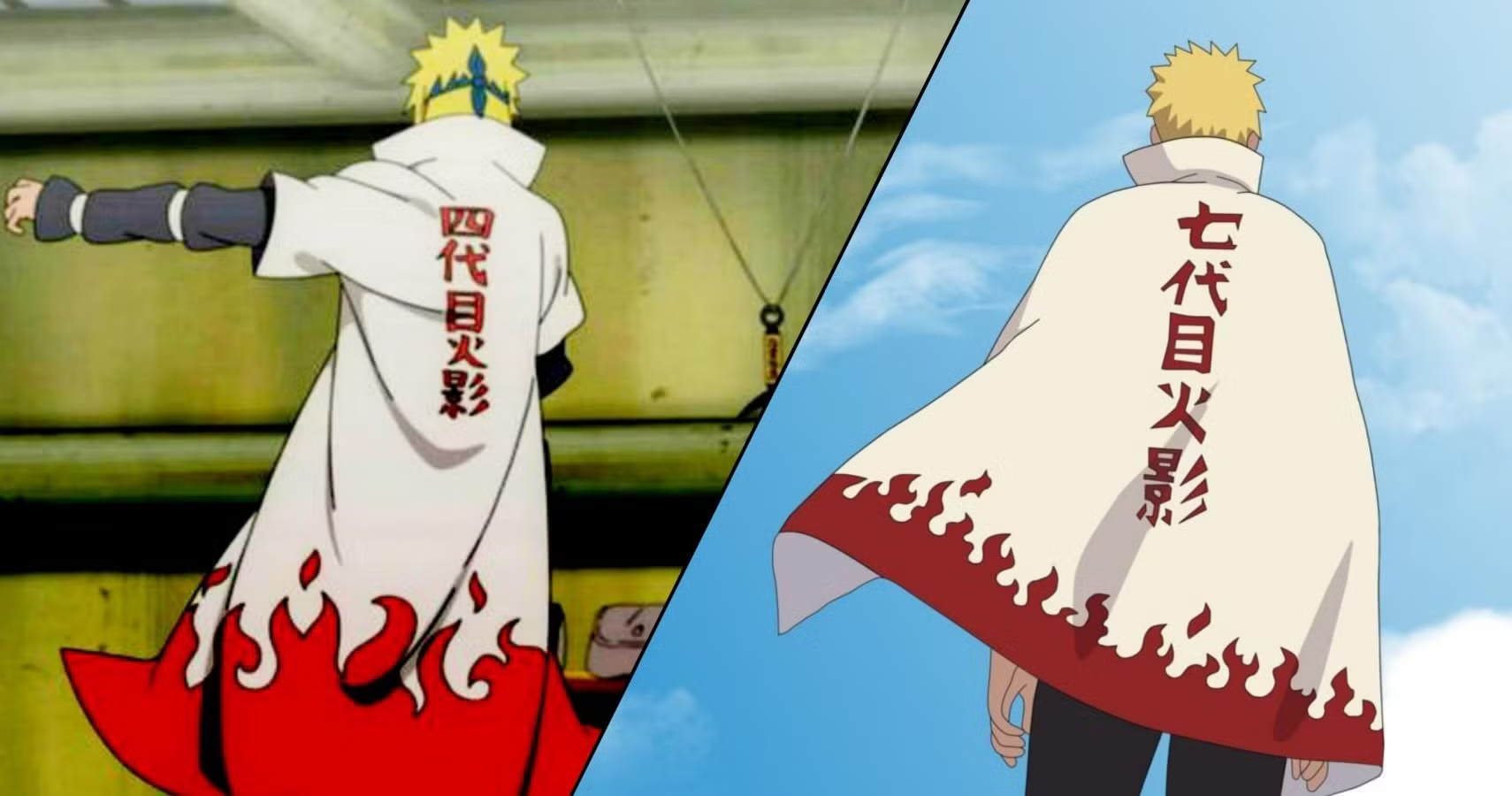How Will The 7th Hokage’s Power Change
In the diverse universe of Naruto, power dynamics are a central theme that profoundly shapes the narrative and the character development of its protagonists. Among these characters, Naruto Uzumaki, the Seventh Hokage of the Hidden Leaf Village, stands out as a symbol of determination, resilience, and growth. As the series progresses into its sequel, “Boruto: Naruto Next Generations,” it raises an intriguing question: how will the power of the Seventh Hokage change? In this blog post, we will explore the evolution of Naruto’s abilities, the current challenges he faces, the implications of these changes, and what they signify for both his character and the world of shinobi.

The Evolution of Naruto’s Abilities
From Underpowered Ninja to 7th Hokage
To understand the potential changes in Naruto’s power, it’s essential to reflect on his journey from a misunderstood boy to the leader of his village. Initially, Naruto was seen as an underdog, struggling to control just basic chakra techniques. His transformation began with his training under crucial mentors like Iruka Umino, Kakashi Hatake, and, of course, Jiraiya, which laid the foundation for his growth. The most significant turning point came with the awakening of the Nine-Tails, Kurama, within him. Initially viewed as a burden, the relationship between Naruto and Kurama evolved into a symbiotic partnership, enhancing Naruto’s abilities exponentially.
>>> Buy now: 4th Hokage Naruto Button Up Hawaiian Shirt
Mastering Sage Mode and Six Paths Powers
As the series progressed, Naruto’s prowess advanced significantly with the introduction of Sage Mode, which allowed him to utilize natural energy, augmenting his strength and perception. Then came the profound transformation bestowed by Hagoromo Otsutsuki, the Sage of Six Paths, granting him access to new abilities such as Truth-Seeking Orbs and the ability to use the unique techniques of space-time manipulation.
The Role of a Hokage
As the 7th Hokage, Naruto bears responsibilities that extend beyond combat. His foremost duty lies in protecting the Hidden Leaf Village and its citizens while nurturing the next generation of shinobi. This requirement places immense psychological and political barriers that complicate his power dynamic. Unlike his predecessors, who were often engaged in wars or conflicts, Naruto must navigate the challenges of diplomacy and leadership in a time of relative peace. However, maintaining peace often requires a formidable balance of existing power and the threat of force.

Current Challenges Facing Naruto
The Emergence of New Threats
In “Boruto: Naruto Next Generations,” the peace Naruto fought for is threatened by new adversaries, including the Otsutsuki clan and other emergent forces. With the advent of threats such as Kawaki and the powerful figures associated with the Otsutsuki clan, Naruto’s abilities will inevitably undergo scrutiny. His increasing reliance on his established powers may not be sufficient to combat foes that possess god-like abilities. This need for adaptation can lead to potential shifts in his use of jutsu or the development of new techniques altogether.
The Importance of the Next Generation
Furthermore, as a mentor to Boruto and Sarada, Naruto’s power is partially defined by his ability to guide and shape the future shinobi. He must learn to empower the younger generation, sharing not just knowledge but also wisdom about the burdens of power. The dialogue around his potential power changes can also hint at how he may have to pass on some of his abilities to the next generation, thereby reshaping his own sense of identity and authority as Hokage.

Implications of Naruto’s Power Changes
Strategic Evolution of Attacks and Defense
If we consider the tactical implications of Naruto’s evolving powers, we can anticipate a shift from raw power to strategic, well-coordinated efforts that leverage teamwork and alliance-building. His combat style will increasingly focus on synergy between the various members of his team, illustrating that true strength goes beyond individual power.
Developing a Mentor Framework
The primary impact of these changes can be seen in his relationships with his allies and young shinobi. The evolution of Naruto’s power will initiate a new cycle of learning, one where he imparts not merely technical skills but life lessons harvested from his journey. His perspective on power will mature, realizing that the essence of strength is not domination but collaboration and mutual growth.
The Future of the 7th Hokage
As we reflect on how the power of Naruto Uzumaki, the 7th Hokage, will change, we are reminded that it is a multidimensional evolution. It encompasses an adaptation to new threats while fostering the next generation of shinobi. With challenges mounted against the remnants of past struggles, Naruto stands at a crossroads that will necessitate flexible character growth, tactical innovation, and profound mentorship.
>>> Read more: Naruto After Losing Kurama Changes In His Life And Powers
While the fate of the shinobi world often pivots on battle, the evolution of Naruto’s power signifies a larger narrative about growth, responsibility, and the transition from warrior to sage. As “Boruto: Naruto Next Generations” continues to unfold, fans and followers will undoubtedly be eager to witness this beloved character’s journey, not merely to become stronger but to become a wise leader of a new era.
